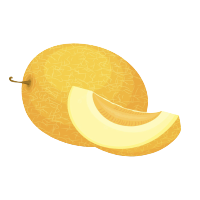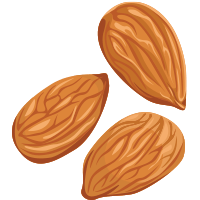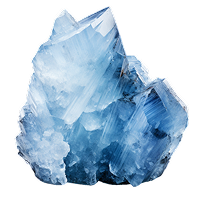Roero Arneis DOCG is made from 100% Arneis grapes from Vietti’s own vineyards in the municipality of Santo Stefano. The vines are approx. 27 years old and planted with 4,500-5,000 pieces/ha. After light pressing and natural sedimentation, the must is fermented in temperature-regulated (14-16°C) steel pressure tanks – this to preserve the natural CO2 in the wine. In order to maintain freshness and acidity, the malolactic fermentation is omitted. The wine matures on its ”lie” (sediment) for a few months before bottling.
The wine has a nice, glossy, light golden colour. It has a very floral and fruity aroma in the scent, with crisp nuances of citrus fruits, honeydew melon and almonds. The taste is very precise, dry and clean, medium-structured and with good crispness, elegance and complexity. It ends with a bit of velor and minerality, which gives the wine a delicious, discreet and exotic character. Goes well with salads, fish and shellfish, mild soups and light meat. Try it also for creamy white mold cheeses.
The Vietti winery is located in the district of Langhe in Piedmont – more specifically at the village of Castiglione Falletto, which is particularly known for its Barolo wines. The winery was founded at the end of the 19th century by Carlo Vietti and thanks to the following generations, several vineyards have since been acquired – including some of the most highly regarded “Cru’s” in Barolo.
The 1960s became a decisive era for the company, when Luciana Vietti married the famous winemaker and art connoisseur, Alfredo Currado, who, among other things, was the first to produce single-vineyard wines (from, among other things, the cru vineyard “Rocche di Castiglione”), which made him an important trendsetter in Barolo. Alfredo was also called “Arneis’ father” because in 1967 he introduced a white wine produced exclusively from this rare, local grape. It was also he who in 1974 hired Italian artists to decorate the labels of some of Vietti’s wines – a practice that still exists.
The son-in-law, Mario Cordero, took over the management of the company in the 1980s and the son, Luca Currado Vietti, and his wife, Elena, then took over in the 1990s and onwards. Over the years, Alfredo’s life’s work has been continued with the same enthusiasm and striving to produce absolutely top-class wines. In 2016, the two branches of the Vietti family sell the company to the American family Krause (Krause Group), which, among other things, operates a chain of convenience stores in the United States. With the purchase, it is agreed that Luca and Elena will continue the management of Vietti until the beginning of 2023, after which the Krause family has now taken over the day-to-day management themselves. However, the continuity in relation to the high quality of the Vietti wines is still in the very safe hands of chief winemaker, Eugene Palumbo, who has been with Vietti since 2001.
The DOCG district of Roero in Piedmont is located on the northern bank of the river Tanaro at Alba, stretching between the towns of Bra and Govone. The name originally comes from a powerful banking family back in the Middle Ages. The district was granted DOC status in 1985 and was elevated to DOCG in 2004. Today it includes approx. 760 ha. (2018), and is often almost synonymous with the green grape variety Arneis, although the district also produces red wines from Nebbiolo.
Both Bianco, Bianco Riserva and Spumante in DOCG Roero must contain min. 95% Arneis, which together with Cortese (Cortese di Gavi) are two rather distinctive, local grape varieties in Piedmont. Arneis is often produced on north-facing, cool vineyards, where maturation lasts a little longer and produces fresh, crisp, aromatic and fruity wines, with good structure and acidity. Rosso and Rosso Riserva must be made at min. 95% Nebbiolo and are also quite crisp and delicate, with shades of wild berries and cherries. They are not as structured and durable as their neighbors Barolo and Barbaresco. The delicate and aromatic style of both the white and the red Roero wines is due, among other things, to the fact that the area was once covered by the sea and therefore primarily offers sand and lime in the subsoil.




